-
Posts
3,621 -
Joined
-
Last visited
Content Type
Profiles
Forums
Gallery
Events
Store
Everything posted by Prairiehammer
-

What is the name and purpose of this carburetor part?
Prairiehammer replied to jfman's topic in General Tech Talk
It is variously called the "coasting enrichment valve" or "air cut-off valve" or "transient enrichment valve". When the throttle is closed, there would a transient lean condition, causing popping upon deceleration (coasting). This device enrichens the circuit to prevent popping. The diaphragm can be damaged by aggressive carb cleaners and the diaphragm can also develop holes. The result will be a vacuum leak and popping. Air Cut-off how it works.docx -
Spring rate for rear shock on the Standard XVZ is 481 lb/in. (non CLASS shock). Spring rate for the rear shock on the Royale XVZ is 406 lb/in (CLASS shock). Your 1985 is a STANDARD? (No CLASS?) Since there was no 1985 XVZ12 Standard sold for the US market, it must be a Canadian model, or the original CLASS shock was swapped for a non-CLASS shock. What is the VIN for the 1985? For the 1988? Non-CLASS rear shock: CLASS rear shock:
-
I made a pilot screw "adjuster" that allowed me to make adjustments to the air/fuel mix while the Venture is nearly fully "dressed" (i.e. with the fairing lowers on the bike, but with the side covers removed. One cannot access the pilot screws with a conventional screwdriver when the lowers are installed).
-
In addition to what Luv said, follow the leads from the float rheostat to the CMS (Computer Monitoring System). Clean and check any connections, including the main connector on the CMS. Failing to find any inconsistencies in the connections and wiring harness, you must suspect the CMS circuit board.
-
That Klein screwdriver you linked to is what Carl is recommending. He made a 3/16" cabinet tip screwdriver from an ordinary "flared" tip screwdriver by grinding off the "flare". There will be no grinding involved if you buy a CABINET tip screwdriver. You are not to be working the screwdriver very hard, so a cheap cabinet tip 'driver will suffice. An example of a 3/16" Cabinet tip driver: Compare it to a "flared" 3/16" driver: The flared tip will not enter the pilot screw recess, (too wide).
-
Check the crankcase oil level. The gasoline may have drained into the crankcase sump. Again, not a good thing. Diluted oil. A carburetor float valve that is stuck open will allow raw fuel to drain into the cylinder and ultimately the crankcase, washing down the cylinder walls in the process. Usually the only way for the First Generation Venture to flood the engine while sitting is because of a faulty fuel pump (poppet valves wedged open or deformed open) AND stuck open carb floats. And even then, the tank has to be full. When the fuel leaking into the carbs and engine reaches a level where the fuel level in the tank is equal to the height of the carb float valve, then it will stop.
-
I almost missed this comment. There should be NO fuel at either end of hose from the intake to the Boost Sensor. If it was leaking gasoline at the intake boot (your "joint"?) there is a problem! Raw fuel should never get to the intake or cylinders. It should not be present in any vacuum lines, either. If you had fuel leaking from that tube where it connected to the intake boot, there is a danger of hydro locking that cylinder. Very bad if that happens. Things will break. To be safe, pull the spark plug on that particular cylinder before attempting to crank the engine.
-
It should work. Consider that the inner diameter of the hose from the vacuum restrictor to the Boost Sensor is smaller than the inner diameter of the hose from the intake boot to the restrictor. You will need two different hoses. (See the pic of the restrictor). Yamaha calls that restrictor a "nozzle", part number 41R-14489-00. It is available from Yamaha, Partzilla and on eBay. for about $11 - $15. The hose from intake boot to restrictor is part number 90445-09757-00, about $5. I do not know the size or part number for the hose from the restrictor to the Boost Sensor. Note that the restrictor/nozzle must be oriented with arrow pointing up to the Boost Sensor. In addition to it being a vacuum restrictor that dampens the vacuum pulses from the intake, it is also a one way check valve that prevents pressure from the intake going to the Boost Sensor (as in a backfire). Pressure on the Boost Sensor may damaged it.
-
That tube is not factory. There IS supposed to be a hose from the number 2 carburetor to the "Boost Sensor" on the 1983. On the the 1984-1993, the hose should connect to the number 2 intake on the synchronizing port and go up to the Boost Sensor. There should be a small plastic restrictor in the hose to the Boost Sensor. Restrictor:
-
I have three gray trunk pouches and two gray fairing pouches. One fairing pouch snap was pulled free by the PO and has been repaired. $20 each your choice plus actual shipping costs. How many do you want?
-
Yo, Don. Still around, of course, always trying to help the poor ones with their First Gen Ventures. Us old timers have to stick together. Haven't ridden The Tuxedo for four years, but still keep it raring to go, just in case.


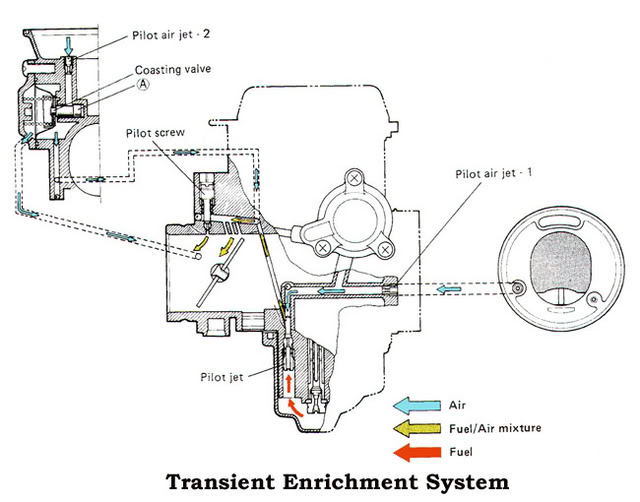
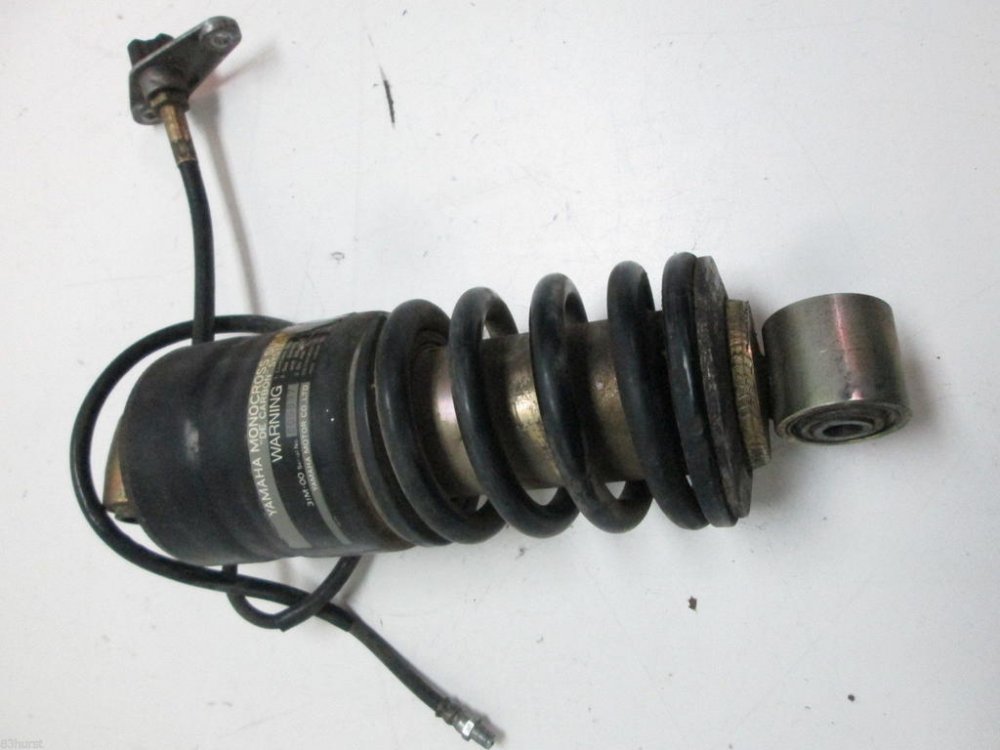
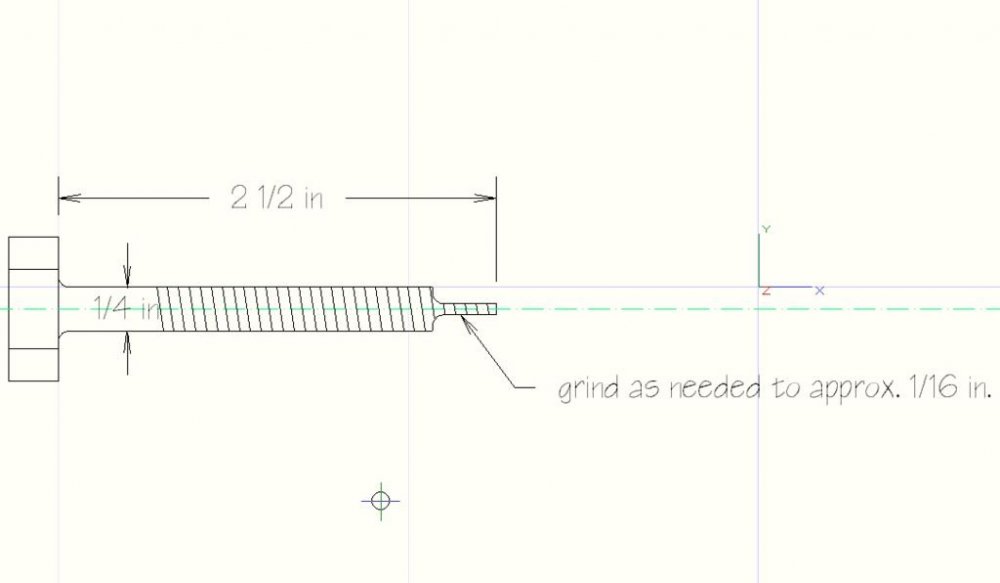

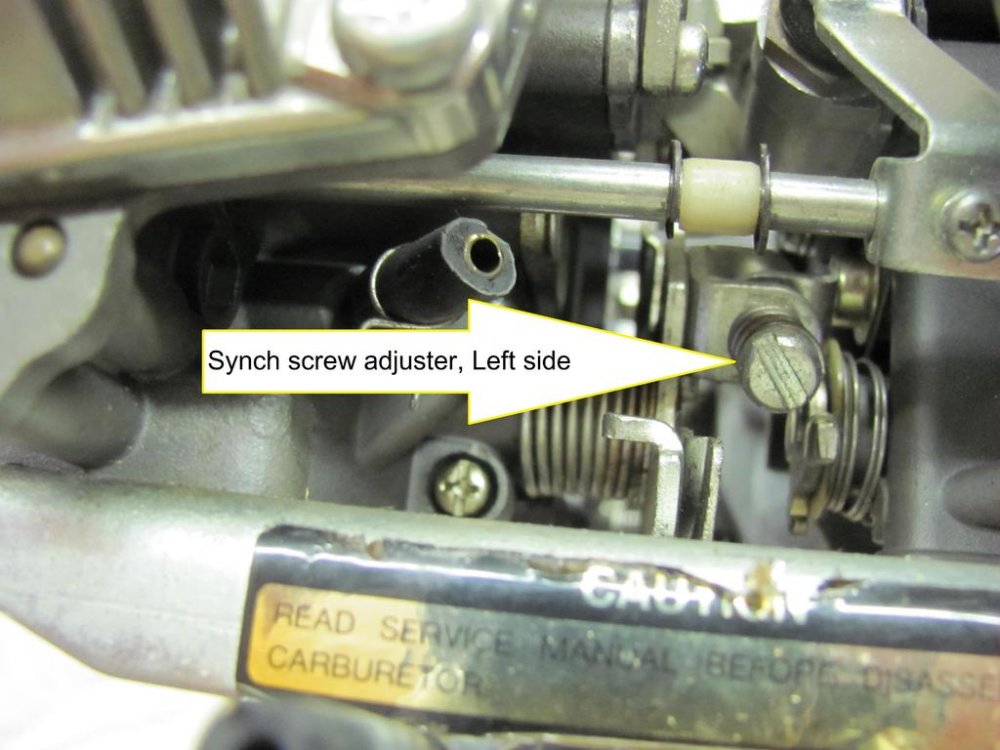


.thumb.jpg.89e50133b21187b7e1918a8e6e036ac9.jpg)


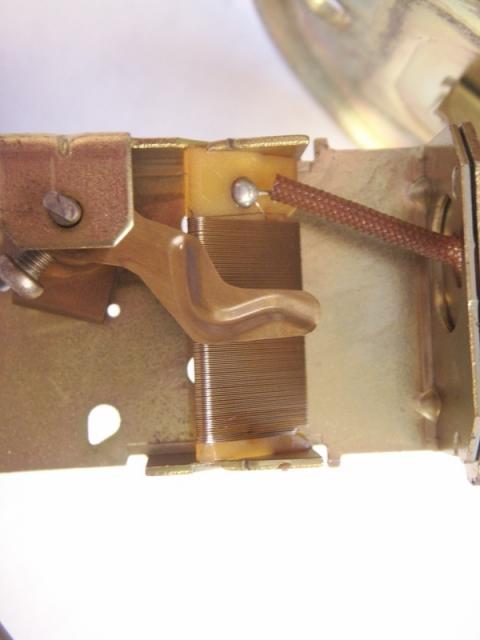

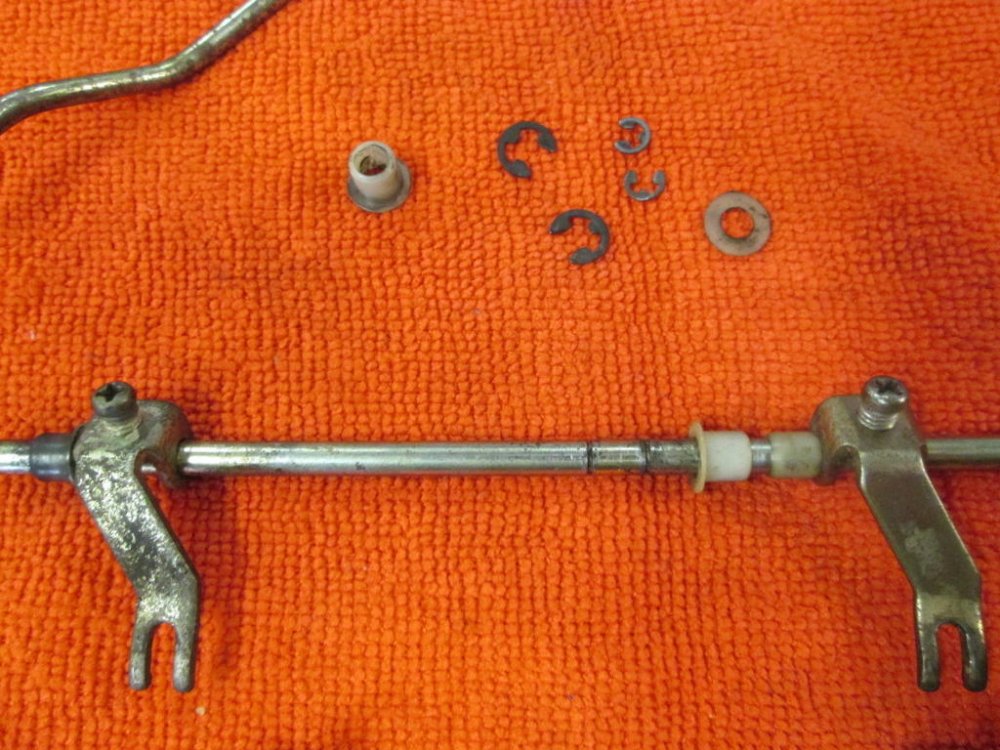
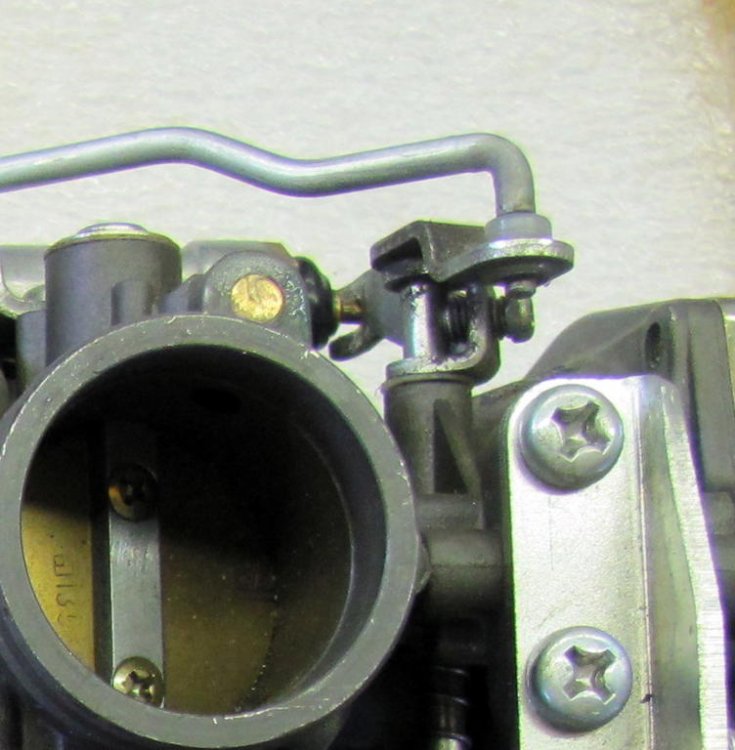

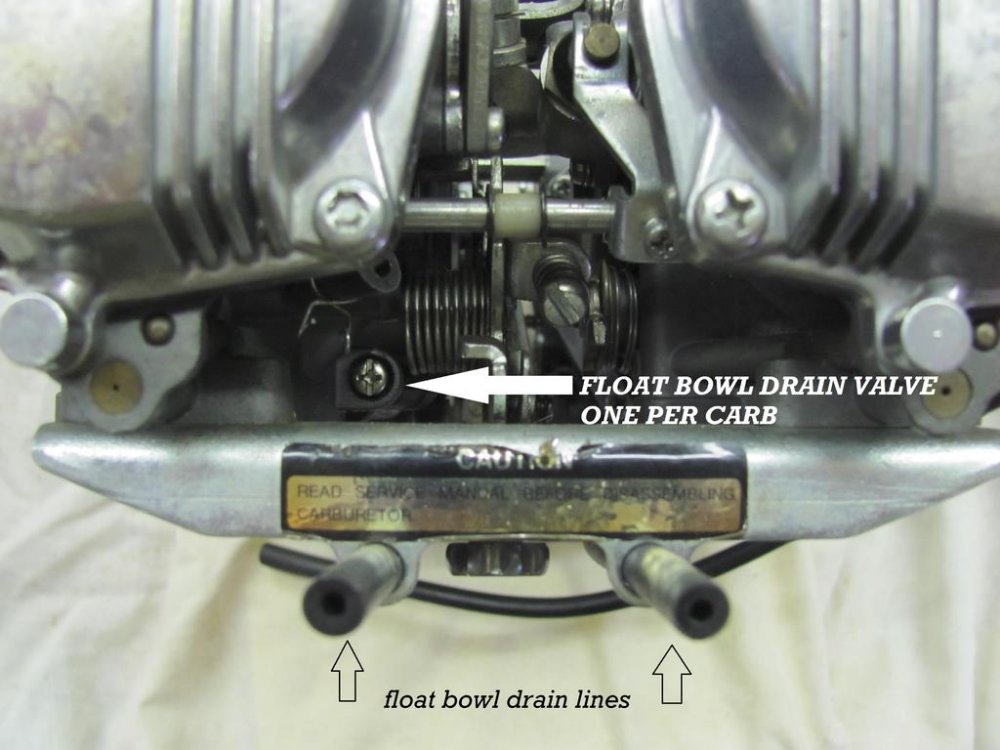
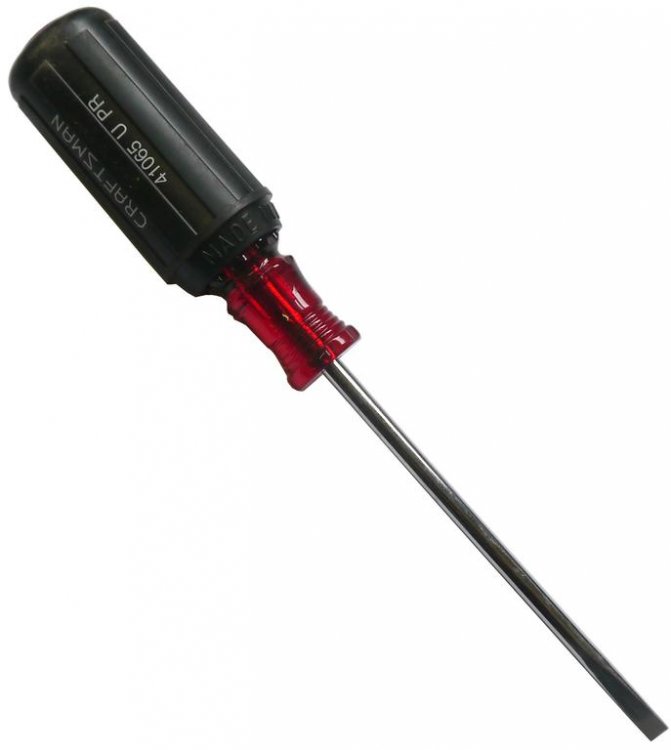
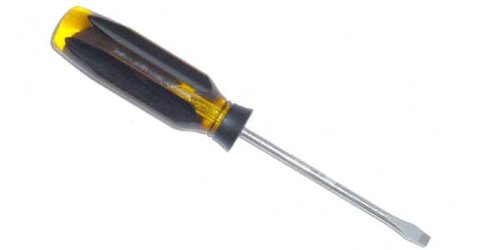


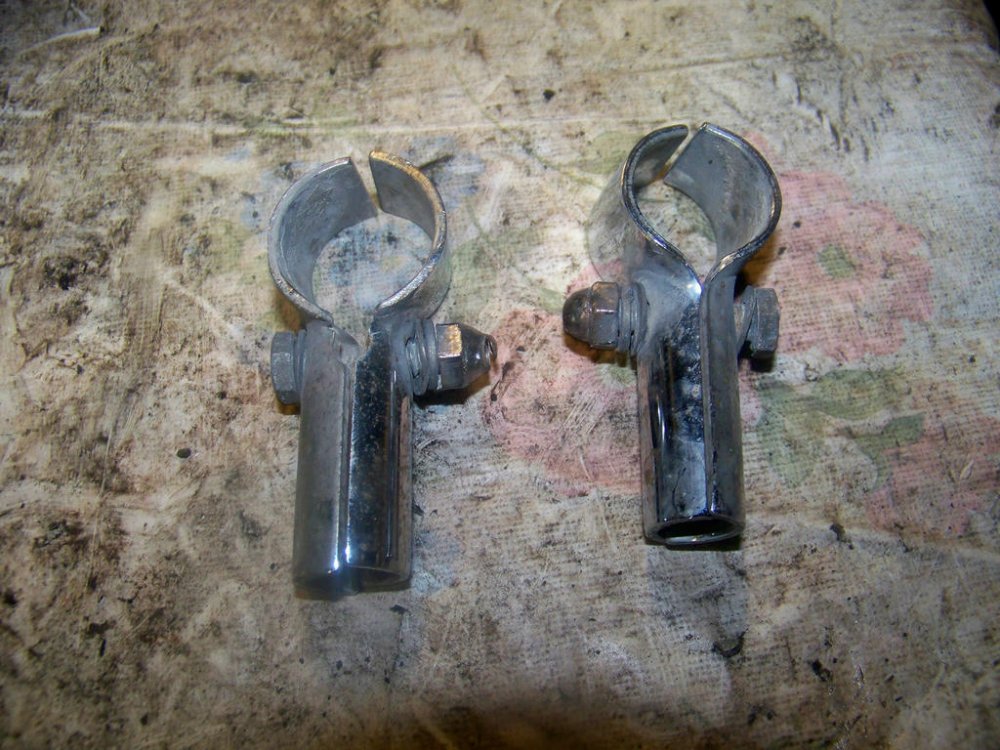
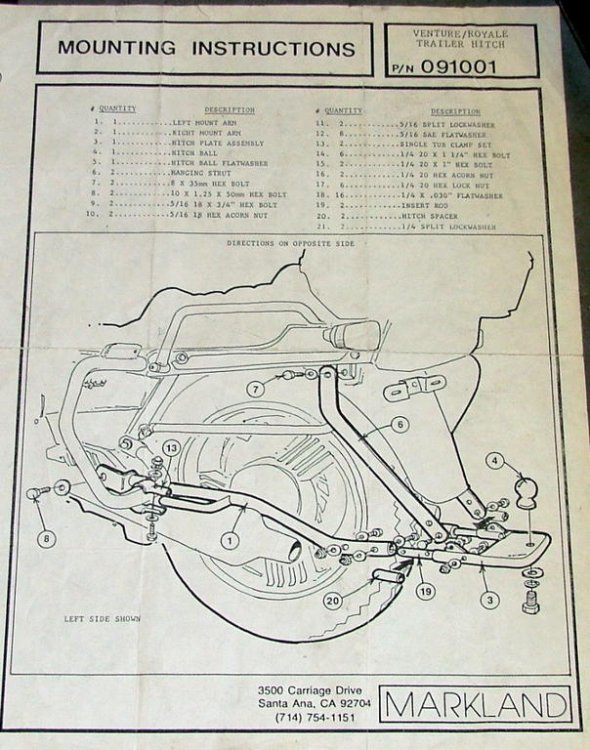
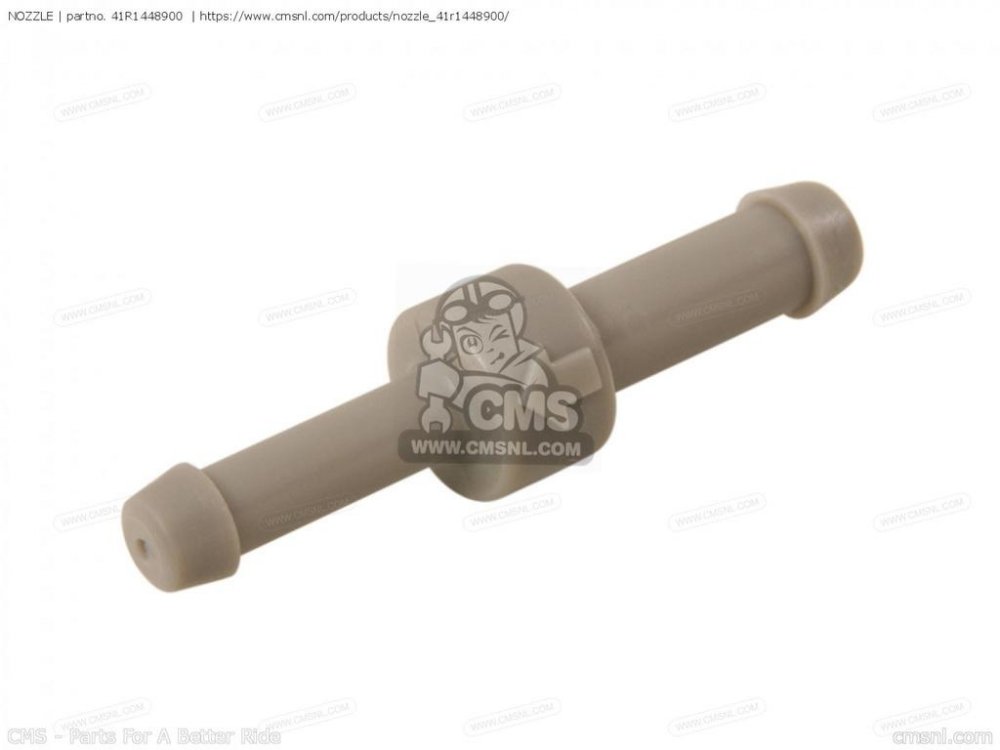

.thumb.jpg.43ef79eb993093ade9a1578ecf5a52c4.jpg)